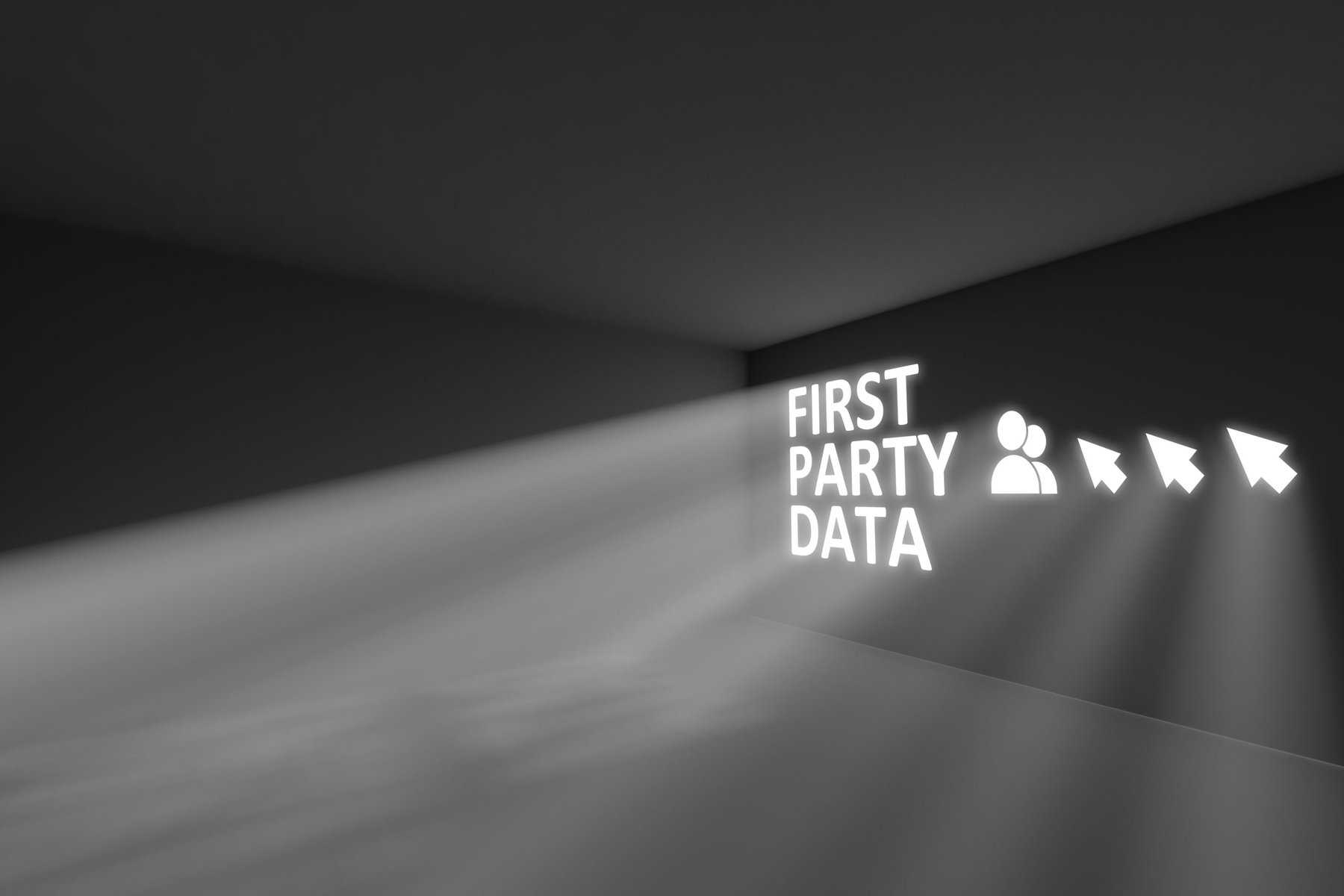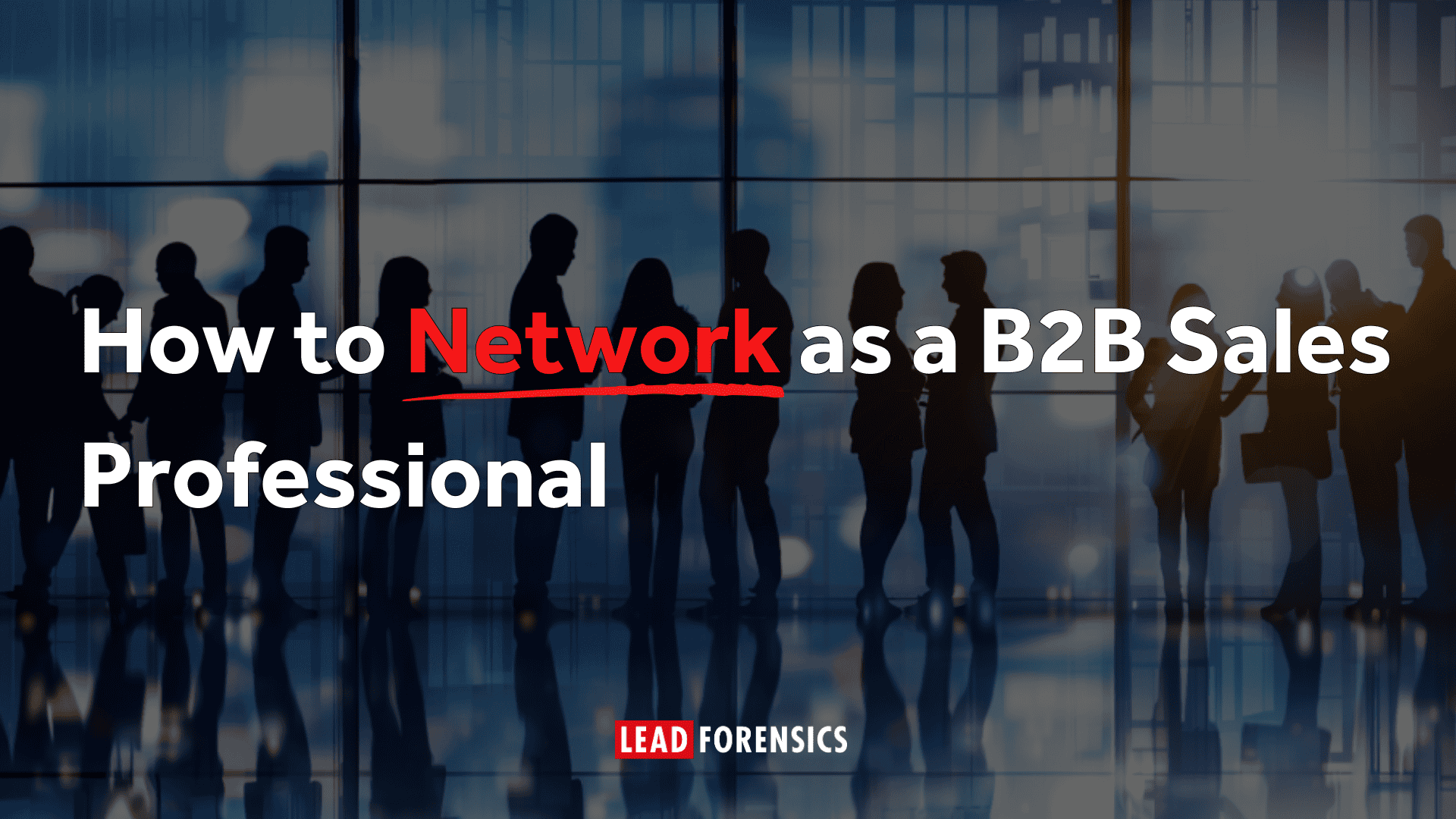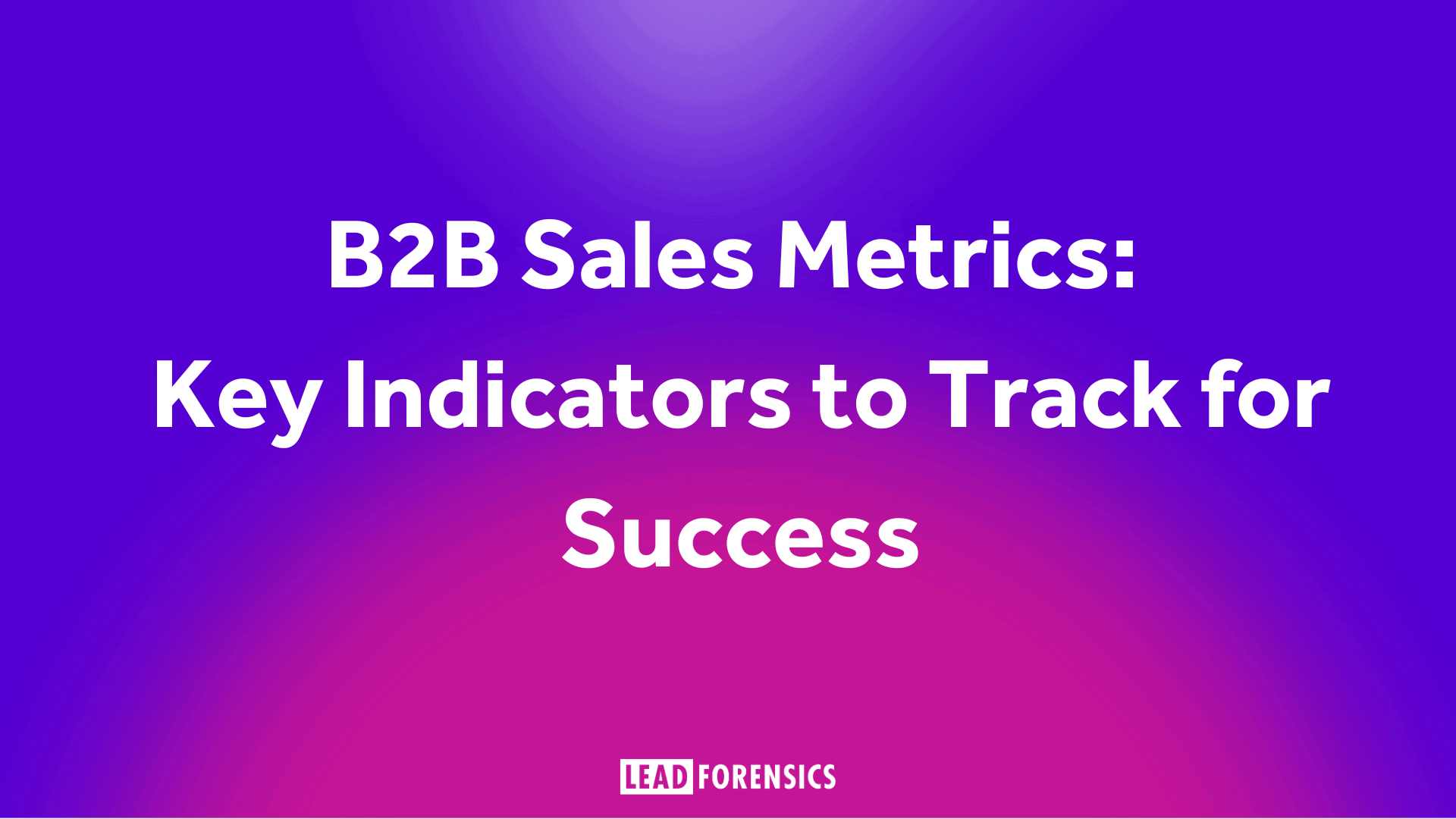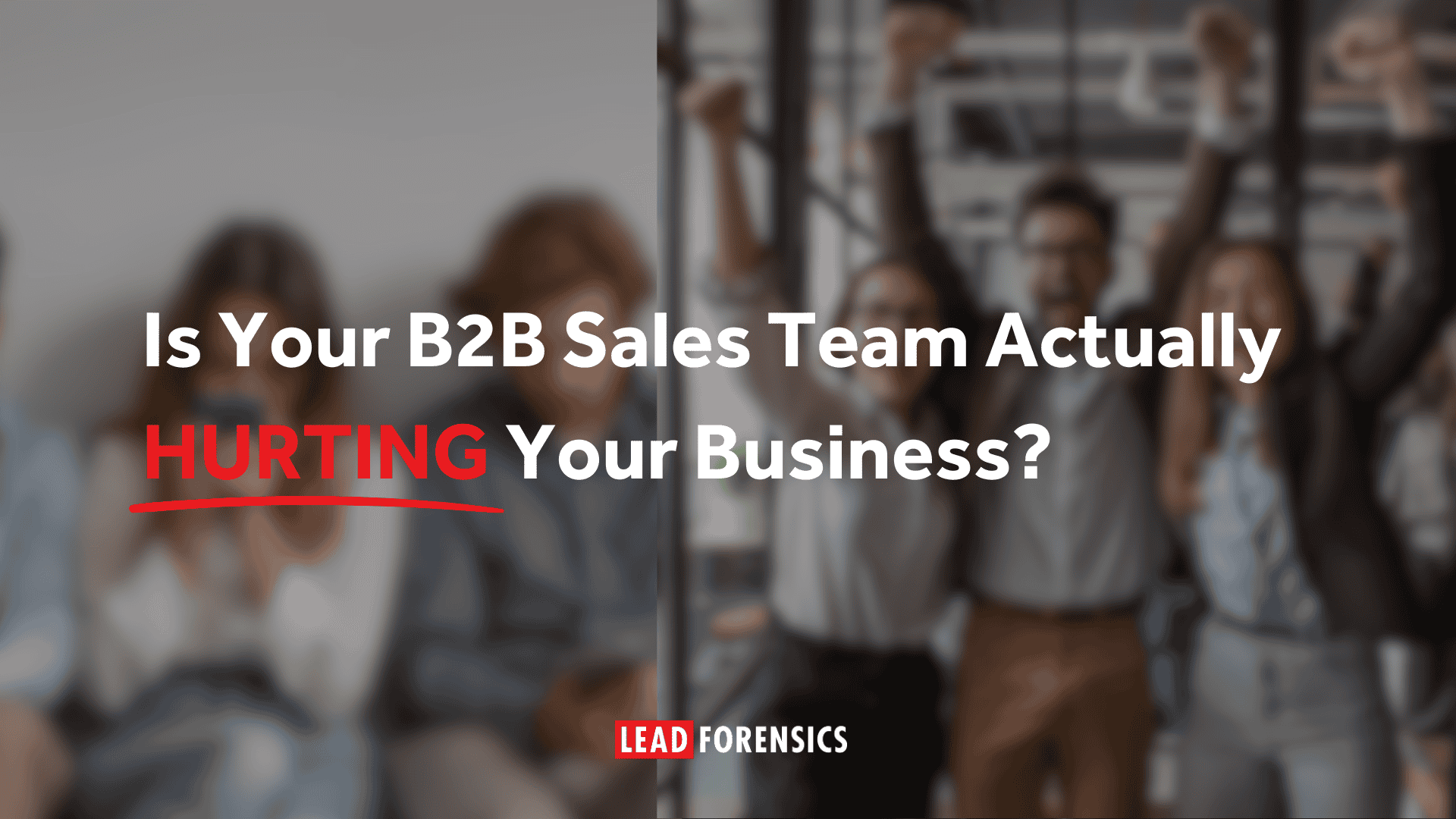First-party data provides valuable insights into your customers’ preferences, behaviors, and needs. By leveraging this data, you can create more personalized and relevant marketing experiences, which can help to build stronger relationships and drive customer loyalty.
A well-executed first-party data strategy can greatly enhance your marketing efforts and lead to stronger customer relationships. However, if not executed properly, it can also lead to the loss of customers. It is important to be transparent, respectful of privacy, and use first-party data to create value for your customers in order to avoid negative consequences.
“With the growth in first party data, we have so much data to give us an understanding of what’s happening across our entire sales and marketing function.”
Phil Richardson, Managing Director at Shortlist Marketing
Many B2B businesses struggle to effectively leverage their first-party data, leading to missed opportunities and reduced success, so here’s how you can make the most of yours…
Want to know more about this topic? Watch our Webinar “Is Your First-Party Data Strategy Costing You Customers?” with Shortlist Marketing
But first – what’s the difference between first party and third party cookies?
Third-party cookies, as the name suggests, are generated by a third party, such as an advertiser. These cookies collect data from a user’s browsing activities across multiple websites, allowing advertisers to build a comprehensive profile of their online habits and preferences.
This information is incredibly valuable to advertisers as it helps them target users with more relevant advertisements, but it can also raise privacy concerns as it tracks a user’s online activity without their knowledge or consent. They’re also in the process of being phased out.
First-party cookies, on the other hand, are specific to a single website and are used to track user behavior on that site only. For example, a first-party cookie can remember a user’s login credentials, language preference, or items in their shopping cart, making the user experience more seamless and personalized.
Unlike third-party cookies, first-party cookies do not track a user’s activities beyond the site where they were generated, making them less intrusive from a privacy standpoint.
Here are some key ways that B2B businesses can improve their first-party data strategy:
Make data collection a priority
Making data collection a priority is crucial for any B2B business that wants to effectively leverage its first-party data. By investing in the right tools and systems, you can gather data from a variety of sources and gain a more complete understanding of your customers and partners.
“Everybody can benefit from the data that you’re collecting. I think one of the key things is how does the customer benefit from that first party data? If you are providing the right type of data to your prospect, the right type of information, the right type of collateral, the right type of education or information around your solution, they’re gaining. They’re benefiting from it. So it’s not just you as an organization, it’s not just your sales teams and everybody else, it’s the customers themselves.”
Richard Preston, Business Development Manager at Shortlist Marketing
Website analytics are a great place to start when it comes to collecting first-party data. These tools can provide insights into how customers are interacting with your website, including the pages they visit, the length of their sessions, and their behavior patterns.
This data can help you understand which pages and content are resonating with your target audience and where improvements can be made.
In addition to website analytics, it is important to collect data from other interactions with your customers, such as email engagement, social media interactions, and sales data. This data can provide insights into your customers’ preferences, behaviors, and pain points, and help you make informed decisions about your marketing, sales, and product development efforts.
It is also important to obtain consent from your customers and partners before using their data, and to be transparent about how you collect, use, and store it. This can help to build trust and establish a strong relationship with your customers, reducing the risk of data breaches and other negative consequences.
Lead Forensics maximizes the value you get from your first party data by telling you which businesses are visiting your website. We turn numbers into names and contact details, giving you real actionable data that you can prospect to.
This allows you to be tactical with your data, reaching out to your website visitors and personalizing your approach based on the content they looked at.
By making data collection a priority and investing in the right tools and systems, you can ensure that your first-party data is accurate, complete, and easily accessible, allowing you to effectively leverage it to drive growth and success.
Clean and segment your data
Once you have collected your first-party data, it is important to clean and segment it to make it more useful and actionable. Cleaning your data involves removing duplicates, correcting inaccuracies, and standardizing data to ensure that it is consistent and reliable.
This can help to reduce the risk of errors and ensure that your data is representative of your target audience.
Segmenting your data is also important, as it allows you to group similar data points together and gain a more complete understanding of your customers.
For example, you may segment your data based on customer demographics, such as age, gender, or location, or based on purchase history, such as the products or services they have purchased in the past.
Segmenting your data can also help you to identify common pain points and areas of opportunity, allowing you to make more informed decisions about your marketing, sales, and product development efforts.
For example, if you identify a segment of customers who frequently purchase a particular product, you may want to consider launching a marketing campaign specifically targeted to this segment.
By cleaning and segmenting your data, you can ensure that it is accurate, reliable, and easily analyzed, allowing you to make informed decisions and drive growth.
Additionally, well-segmented data can help you to better understand your target audience, leading to improved customer experiences and increased success.
Use data to inform your decision-making
Using data to inform your decision-making is one of the most important benefits of a strong first-party data strategy. With the right data, you can gain a deeper understanding of your target audience, including their preferences, behaviors, and pain points, and use this information to drive growth and success.
“What we try and find out from our data is find out within the business who are “white knights”, if you like. So we try and find out if somebody’s been on our website, what are the most pains to that business. If you can then cover those pain points, you’ve suddenly got a white knight for you who suddenly sees the real value.”
Paul Belworthy, Head of Sales and Marketing, Shortlist Marketing
For example, if you have data on your customers’ purchasing habits, you can use this information to inform your product development efforts.
By identifying the products that are most popular with your target audience, you can focus your efforts on improving these offerings and increasing their appeal to your customers.
Data can also be used to inform your marketing efforts, allowing you to reach your target audience with messages that are tailored to their needs and interests.
For example, if you have data on your customers’ behaviors and preferences, you can use this information to create targeted email campaigns or social media ads that are more likely to resonate with your target audience.
In the sales process, data can help you to better understand your customers and identify opportunities for upselling or cross-selling. If you have data on your customers’ purchase history, you can use this information to recommend complementary products or services that may be of interest to them.
In short, by using data to inform your decision-making, you can improve your customer experiences, increase your success, and drive growth for your B2B business.
A well-designed first-party data strategy can provide valuable insights that can help you to better understand your target audience and make data-driven decisions that lead to increased success.
Continuously monitor and improve your data strategy
Continuously monitoring and improving your first-party data strategy is crucial to ensuring that it remains effective and delivers the desired results.
Regularly tracking the success of your efforts using analytics tools can help you to identify areas where you can improve and make data-driven decisions that lead to increased success.
Additionally, seeking feedback from customers and partners can provide valuable insights into how they perceive your data collection and use processes, and can help you to identify areas for improvement.
This can help you to ensure that you are transparent and ethical in your data collection and use practices, which can improve customer trust and satisfaction.
It is also important to regularly review and update your data collection and use processes to ensure that they remain effective and relevant. This may involve incorporating new tools and technologies, updating your consent and privacy policies, or refining your data segmentation and analysis processes.
By continuously monitoring and improving your first-party data strategy, you can ensure that it remains effective and delivers the desired results.
Regularly seeking feedback, tracking your success, and updating your processes can help you to stay ahead of the curve and effectively leverage your first-party data to drive growth and success.
The value of tracking businesses
When third party cookies are phased out, Lead Forensics will help B2B professionals continue to get the account-level data needed to power their strategies and digital campaigns.
We not only show you the businesses on your website, but give you the names and contact details of the decision makers at the company so you can reach out to them, knowing they already have an interest in what you do.
We can also give you information like which office the visitor is based at if a company has more than one location, to help you reach out to the right person.








